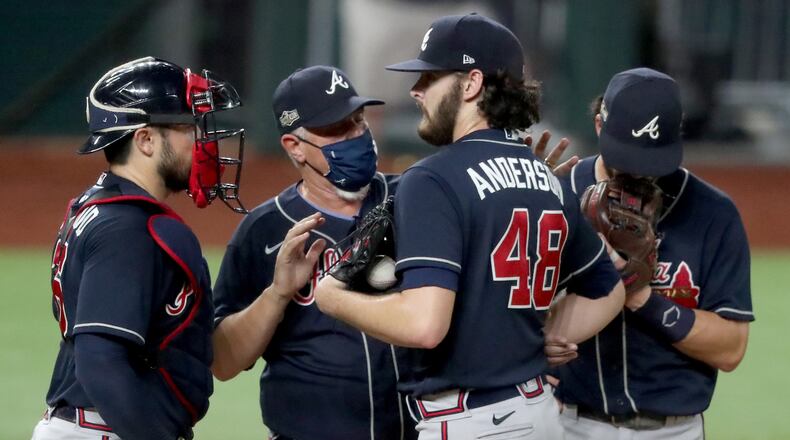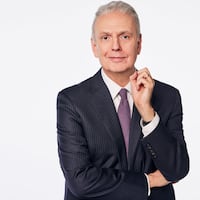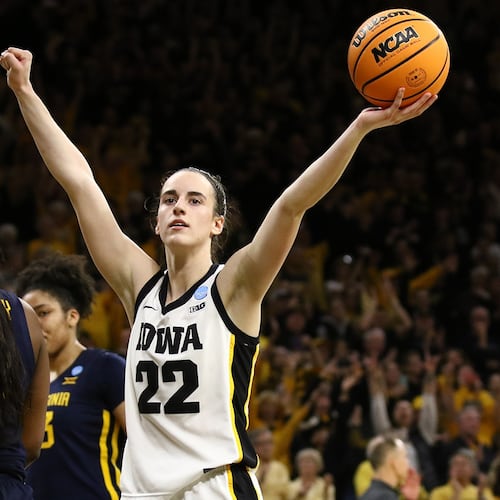No matter what the Braves do this offseason, they’ll enter 2021 with one of baseball’s best-looking rosters. Keep that in mind. Keep this, too: Liberty Media reported a 95 percent reduction in Braves revenue over the second quarter, which ended June 30. At that moment, the team hadn’t begun to pay its players' prorated salaries, seeing as how the pushed-back irregular season didn’t commence until late July.
Other clubs can hide their numbers. As the only franchise owned by a publicly traded company, this one can’t. We knew from the Q2 report the Braves were hemorrhaging money. We know no paying customers attended any of the 32 games staged at Truist Park in 2020, which means Q3 was surely worse. We also have no idea how many fans will be allowed next season, what with COVID-19 numbers ticking upward again.
From this, we make the following assumption: Even with some big contracts – Marcell Ozuna and Cole Hamels, who each would have made $18 million over a full season – lapsing, the Braves aren’t apt to plow every cent back into free agents. The bulk of any spending done this winter will be used to keep in-house assets in-house.
Freddie Freeman, the presumptive National League MVP, is eligible for free agency after next season. The Braves have no intention of letting him hit the market. That’ll cost upward of $100 million. Dansby Swanson is again eligible for arbitration. Having seen him flower into an above-average shortstop, the Braves wouldn’t mind buying up his next few years. Then there are the young pitchers – Mike Soroka, Max Fried, Ian Anderson. Having begun to reap the benefits of the rebuild-around-arms, the Braves don’t want to bid any of them adieu anytime soon.
When the Braves' projected rotation was falling to pieces in August, the club was desperate to see stirrings from their younger guys, and not just pitchers. Several of those youngsters – pitchers Anderson and Kyle Wright, position players Austin Riley and Cristian Pache – showed enough to make the club believe it can more than make do in 2021 without a splash buy. Not many teams, and maybe none, would swap rosters with this.
Soroka might be ready to return from his torn Achilles by opening day, though May seems a more likely ETA. Given what we saw in September and especially October, a rotation comprised of some combination of Soroka, Fried, Anderson, Wright, Bryse Wilson and/or Huascar Ynoa wouldn’t be laughed out of court. The latter four haven’t proved they can perform at a high level over an extended period, but they’ve at least given us some idea of what all the fuss was about.
Sean Newcomb can’t be fully dismissed, either. Mike Foltynewicz can. After being designated for assignment, he’s now a minor-league free agent. The Braves owe him nothing, which doesn’t hurt the balance sheet. He entered last season being owed a non-prorated $6.425 million. That’s money that can be directed elsewhere.
Would the Braves like to keep Ozuna? Sure. But Tim Dierkes of MLB Trade Rumors estimates Ozuna will command a contract of $72 million over four years – last year’s $18 mil times four. That would be too rich and too long for the Braves, especially for a player with zero defensive value. (It’s assumed the universal DH is here to stay.) Remember, they drew a line with Josh Donaldson, who has much defensive worth, and that was pre-pandemic. If Ozuna’s price drops, he might be back. If not, the Braves could find a cheaper bat for hire. Dierkes suggests Michael Brantley, lately an Astro.
Truth to tell, the price for every free agent could plummet. Commissioner Rob Manfred told Jared Diamond of the Wall Street Journal that MLB clubs sustained $3 billion in losses over their 60-game season. Teams – the Braves included – have cut front-office salaries and furloughed/laid off employees. Until there’s a vaccine, no club can feel secure in any long-range planning.
For MLB, the best thing that happened in 2020 was that it muddled through some semblance of a season. For the Braves, the best thing that happened was that guys who might not have pitched a big-league game had Foltynewicz not fizzled and Hamels not opted to exercise with a weighted ball wound up working in the crucible of October. Adam Duvall tweaking his oblique in Round 1 led to Pache driving in runs over four consecutive games against the Dodgers.
With all due respect to the Rays, the Braves were the second-best team in baseball. The best was maybe the finest Dodgers assemblage ever, and the Braves held two-run leads over L.A. in two elimination games. They couldn’t quite finish the drill, but they made us feel awfully good about their future. We shouldn’t lose sight of that sunny reality over the offseason. The Braves don’t need a slew of big-ticket hires. That’s especially relevant at a time when nobody wants to pay retail for anything.
About the Author
The Latest
Featured



